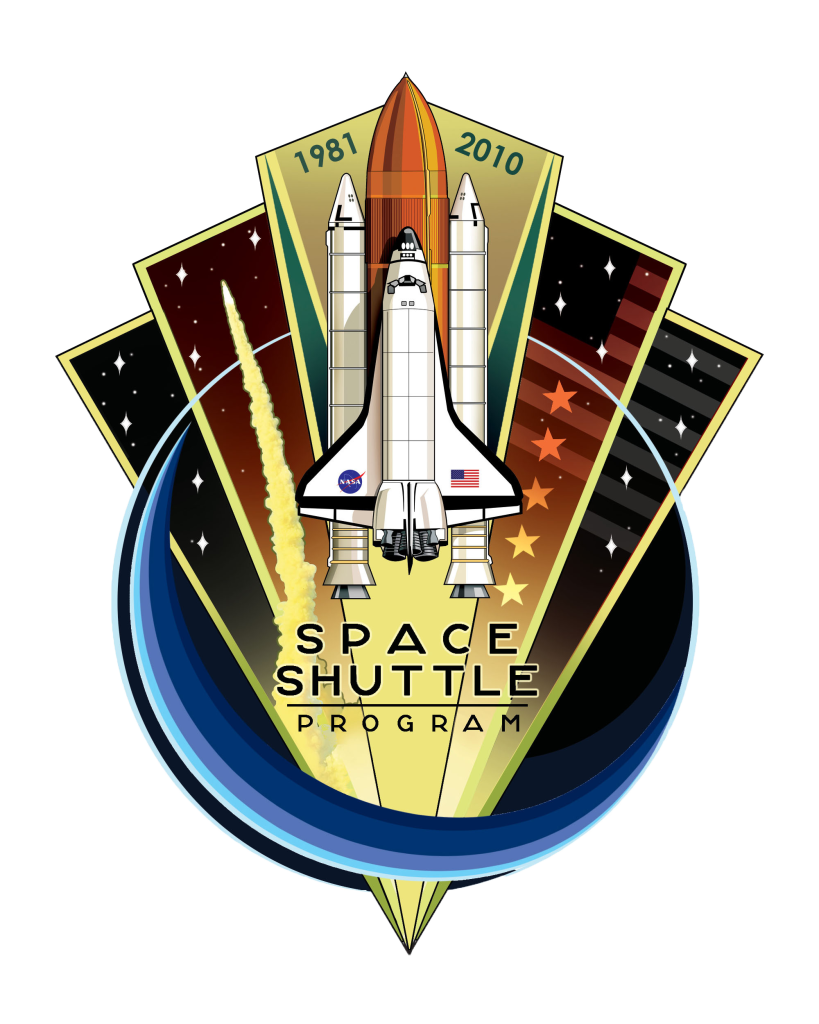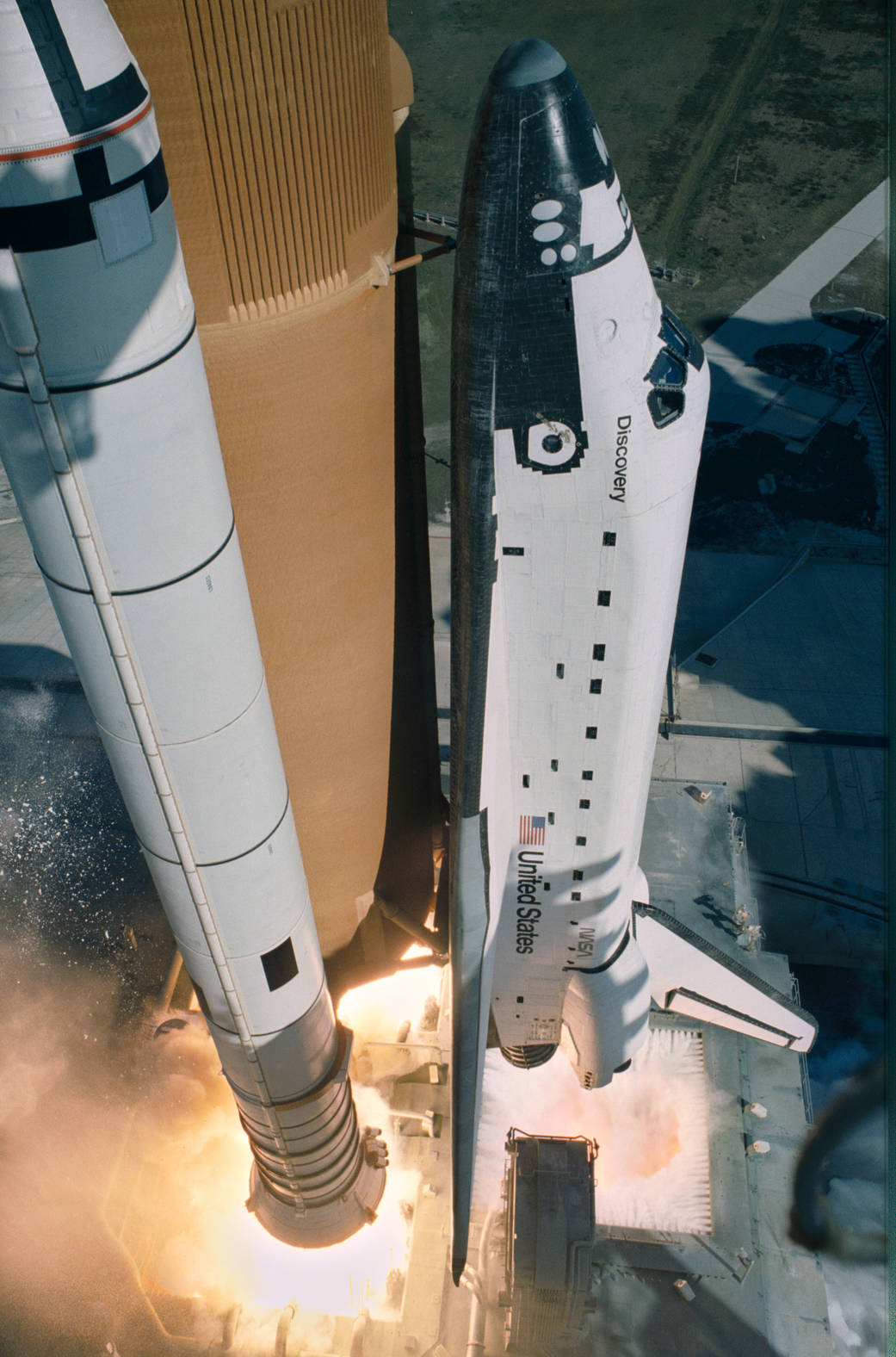In our new Spacecraft Spotlight blog series, we are featuring different spacecraft and highlighting their unique features and significant contributions to the history of space exploration. This month we are spotlighting the space shuttle, the world’s first reusable spacecraft.
NASA’s Space Shuttle Program at a glance

- First shuttle launch: Columbia, April 12, 1981
- Final shuttle launch: Atlantis, July 21, 2011
- Total miles traveled: 542,398,878 miles
- Total orbits: 21,152 orbits
- Total missions flown: 135 missions

The space shuttle is one of NASA’s most iconic spacecrafts. It launched like a rocket, but landed like a plane. The shuttle was in a word, revolutionary.
Its re-usability marked a first for human spacecraft, but the shuttle did more than make history. It captured the hearts and minds of people all around the world. No one had ever seen anything like NASA’s space shuttle. It seemed to have jumped right out of a science-fiction story!
NASA built five shuttle orbiters for human spaceflight – Challenger, Endeavour, Discovery, Atlantis, and Columbia. A sixth prototype orbiter, Enterprise, was used in glide tests prior to the first shuttle flight.
From helping construct the International Space Station (ISS) to launching the Hubble Space Telescope, the shuttle accomplished much during its 30-year career. Many scientific investigations were conducted onboard, and the invaluable knowledge gained from their results has improved life in space and on Earth.
The shuttle stood out in many ways from traditional spacecraft. Its large cargo bay allowed for bigger payloads, and since it was reusable, it offered a more economic option for flying human spaceflight missions. It could also accommodate more crew members. While Apollo capsules could carry three astronauts, the shuttle could carry up to eight!
And the shuttle broke through boundaries, bringing together diverse crews from all over the world, across all backgrounds. It was the shuttle that flew the first American woman and African-American in space, as well as the first teacher. The shuttle fostered international collaboration and made space more accessible.
While its time has come and gone, it is hard to forget NASA’s space shuttle, which left a huge impact on the history of human space exploration and pushed the limits of human space travel. The retired shuttles are housed at their final destinations at museums across America where people from all over the globe travel to see them.
The shuttle still lives on with NASA’s Space Launch System (SLS), which will utilize the remaining inventory of RS-25 flight engines (once used to power the shuttle) to power the first four SLS missions!
FUN FACTS
- How big was the cargo bay of a shuttle? 60 feet long!
- Discovery flew the most flights for a shuttle orbiter.
- Columbia was the heaviest shuttle!
- You can see and walk inside the shuttle replica Independence, mounted on top of the historic and original NASA 905 shuttle carrier aircraft, at Independence Plaza during your next visit!
Learn more about the space shuttle here.








